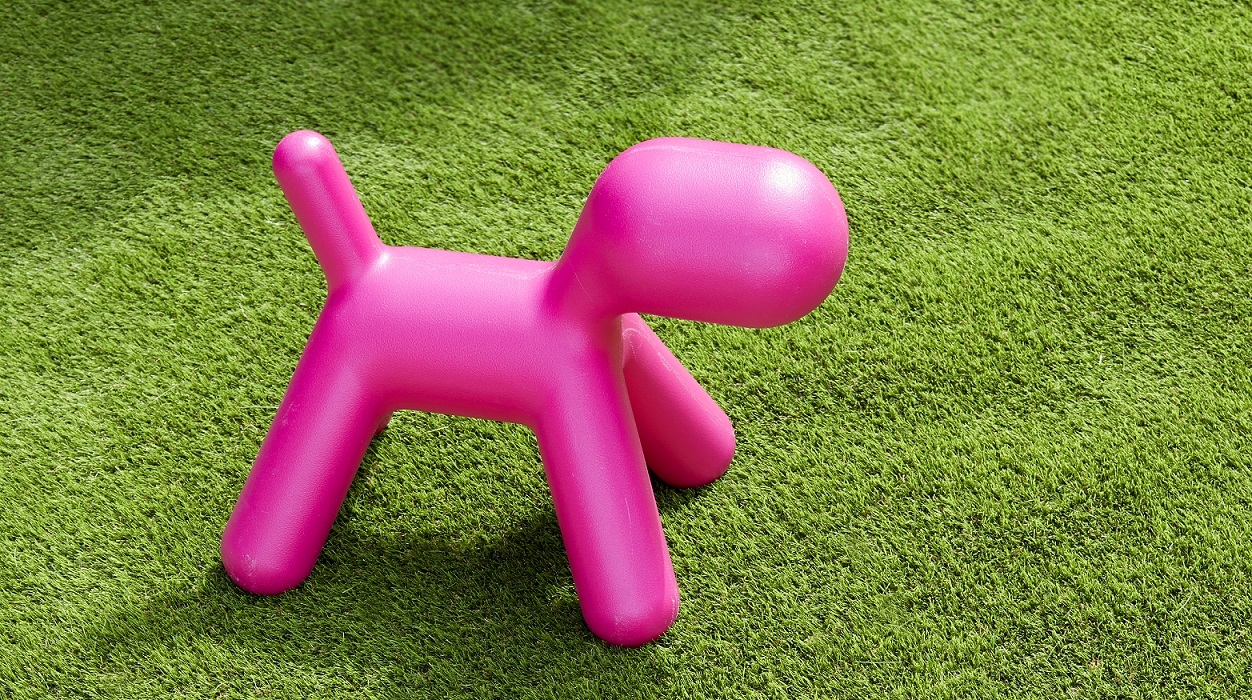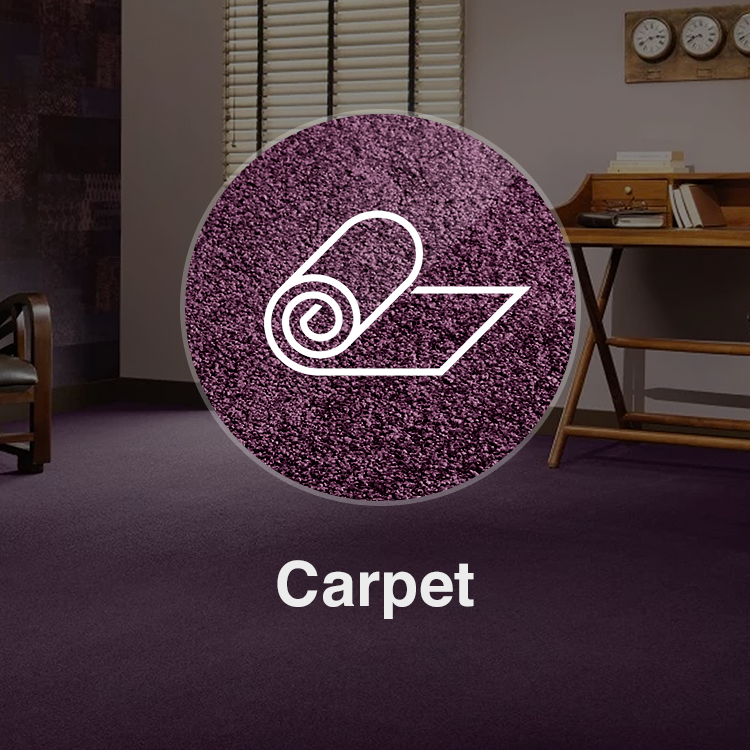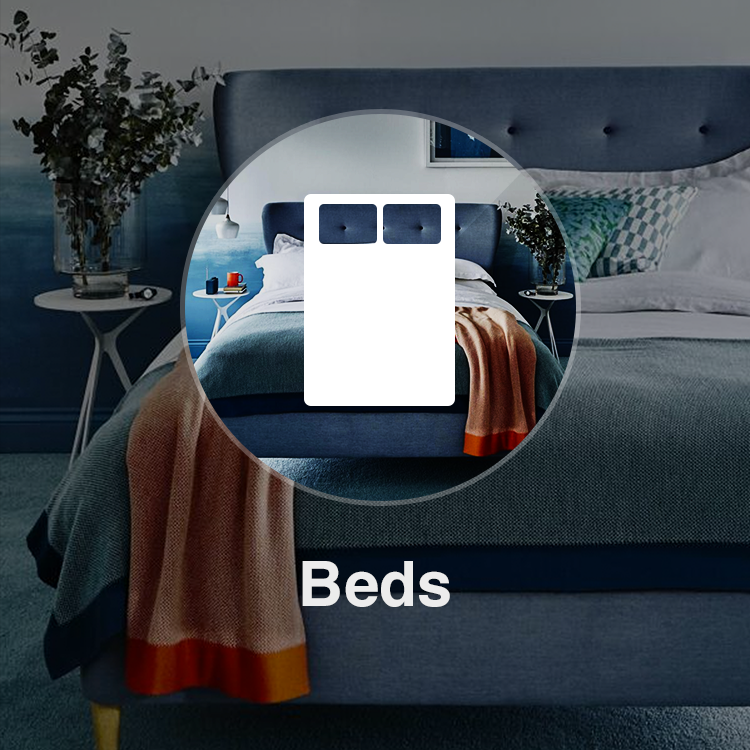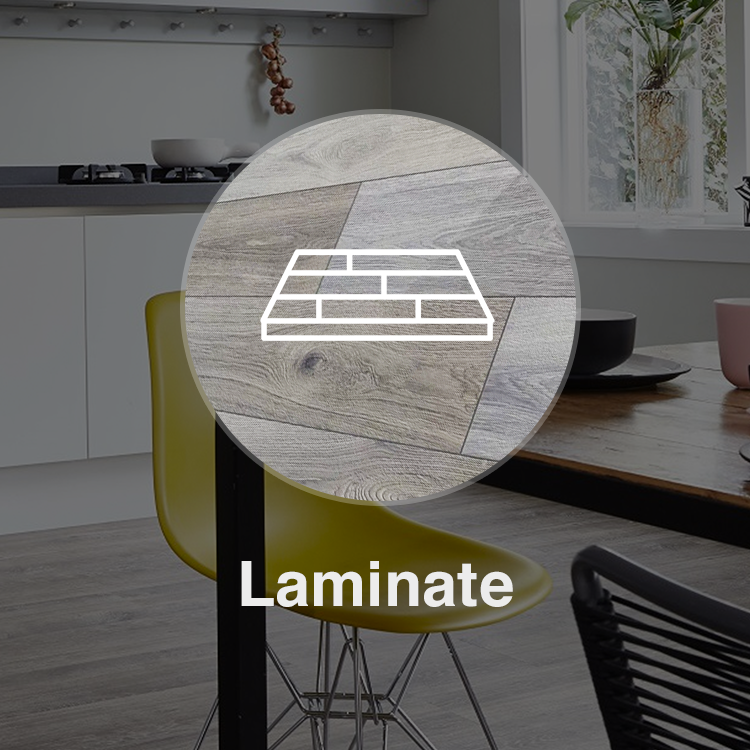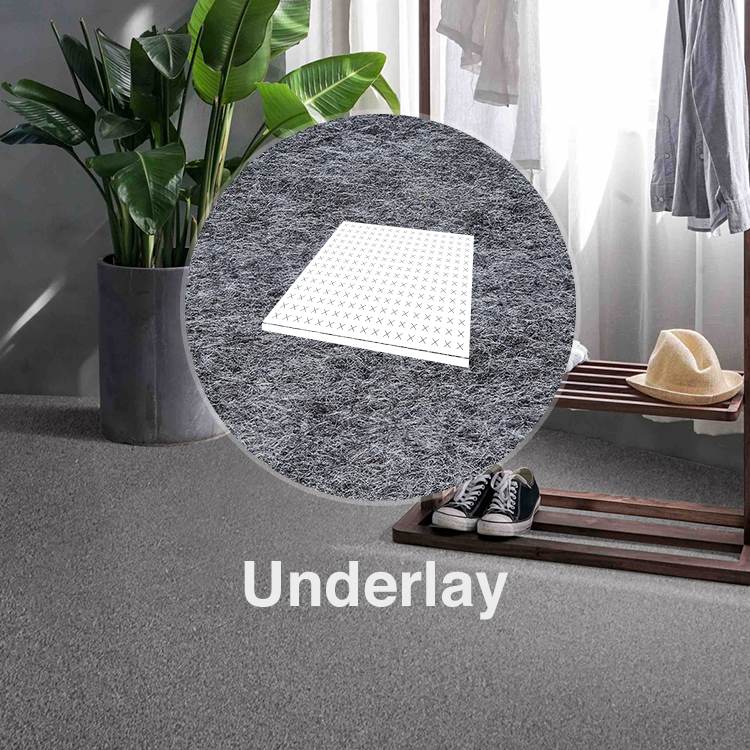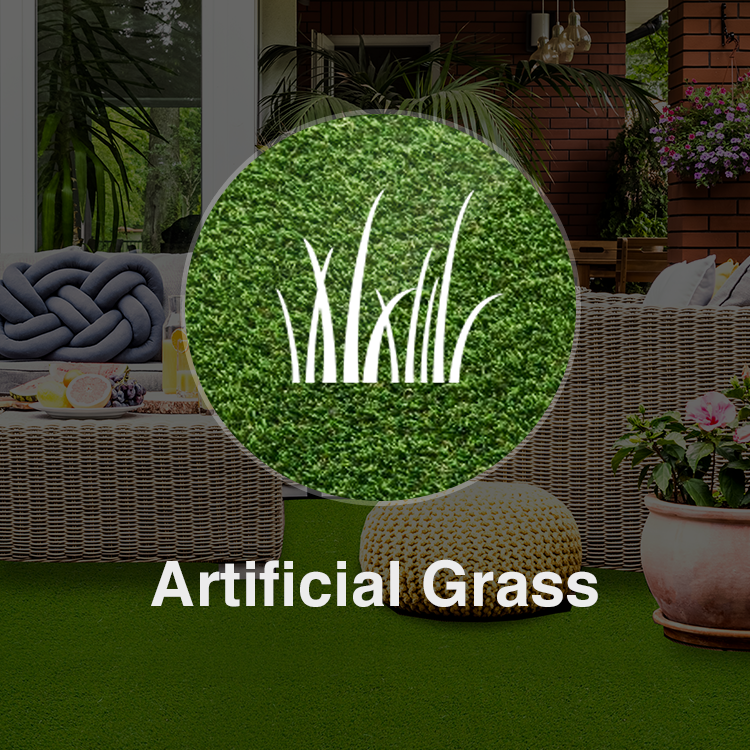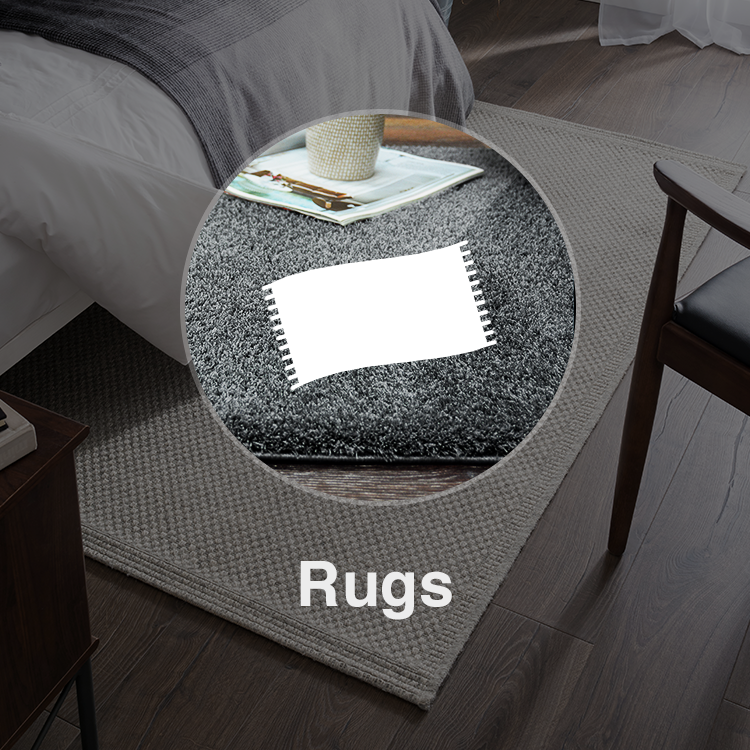Frequently asked questions about artificial grass
How do I install artificial grass?
We have a handy guide filled with expert hints and tips to lay artificial grass here.
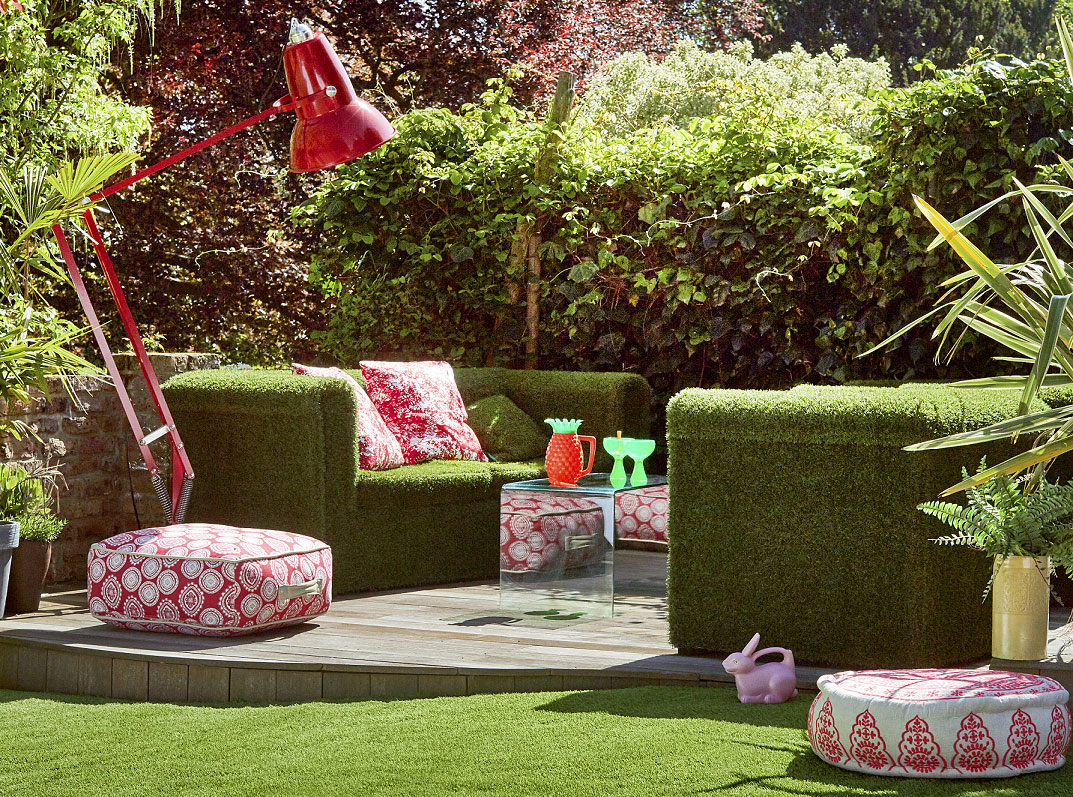
How to join artificial grass?
Joining artificial grass is one of the most important parts of the installation. You may have to join two pieces of grass together for large areas. You’ll probably need to purchase a joining tape with a suitable adhesive – but make sure that both are suitable for outdoor use!
- Unroll your artificial grass into position.
- Cut close to the bead on the first piece of grass, ensuring there are no spaces.
- On the second piece, cut leaving a space for the beading.
- Create a ‘dry’ join by positioning the two pieces together.
- Unroll the joining tape and fold back the joining edges by about 30cm. Ensure the shiny side of the tape is face down.
- Spread glue onto the joining tape. TOP TIP: Use a scraper to spread the adhesive.
- Work your way down the seam carefully, joining the two pieces together. Make sure tufts aren’t damaged or buried.
- Once it has been applied, lightly brush over the seam to pressurise the adhesive.
How to clean artificial grass?
Read our guide on how to care for your Artificial Grass.
First of all, our top tip is clean your artificial grass little and often – don’t let the dirt build up! Don’t worry, you won’t need to clean your artificial grass every day, rainwater will wash away most surface dirt, however, we do recommend that you hose the lawn down once a week or once every other week to ensure your new artificial grass will look its best.
- Regularly remove leaves and debris using a leaf blower, stiff brush or plastic rake.
- Trim hedges and trees often to limit the amount of leaves falling onto the lawn.
- Apply weed killer twice a year to the whole area to prevent weeds growing and to kill any stray ones.
- Use an artificial turf spray to clean away any urine from your pets. Sprinkle the area with baking soda before adding a diluted solution of water and vinegar to get rid of any odours.
How to remove stubborn stains from artificial grass?
We’ve all been there — you’ve spilt tea, wine or ketchup — but how do you clean artificial grass? We’re here to help!
- Act quickly — and remove as much of the spillage as possible before it begins to harden.
- Soak up any liquids with a clean cloth, kitchen towel or (if you have some to hand) cat litter — all of these will absorb any liquid.
- If there is still a mark, mix a small amount of washing up liquid and lukewarm water together. Apply with a synthetic bristled brush or a clean cloth or sponge.
- Work the solution in between and around the stained fibres. Rinse the area thoroughly with water from a garden hose or watering can.
- If the spillage has hardened, you may need to carefully remove it using either a plastic spatula or plastic knife. You could also try using a toothbrush to gently brush the stain away.
What goes under artificial grass?
For the best results, you should lay your new artificial grass on a smooth, clean and level surface. However, if there are any undulations in the concrete, apply a thin layer of sand on top of the sub-base, which will help to level and fill in any minor defects.
Which artificial grass is best for dogs?
All of our artificial grasses are suitable for dogs and other pets – they’re perfect for avoiding muddy paw prints, as well as being safe, hard-wearing and hygienic. Our Ambleside artificial grass has a deep pile resulting in a natural look and superior underfoot comfort. A great gardening solution for pet owners and busy families, it is incredibly easy to clean and maintain.
Will bleach damage artificial grass?
Artificial grass is made from a synthetic material, so it can get damaged if you clean if with harsh chemicals or acids. Use cleaning agents that are biodegradable – too strong detergents can break down the blades and mat over time. You can use diluted solutions (bleach and vinegar) as a very effective and gentle cleaning agent.
Will chlorine damage artificial grass?
Artificial grass is durable and reliable and can withstand heavy use. It will not be damaged by chlorine, making it perfect to go near swimming pools. Any excess water will drain away easily, yet the grass will not be damaged by the chlorine or any other pool chemicals.
Will a trampoline ruin artificial grass?
No. The usual garden objects such as garden furniture, swings and trampolines etc shouldn’t affect or damage artificial grass. However, heavy objects can only be placed on artificial grass if a proper sub floor/sub-base has been installed.
Can artificial grass be laid on soil?
No. Due to the nature of soil, it can’t withstand harsher weather conditions, which means you can be left with an unsecure garden. Also, soil can disintegrate over time, so could result in uneven ground and potentially pot holes, especially if your garden is prone to flooding or waterlogging. The natural grass and subsoil would need to be removed and the ground would need to be prepared before installing.
For more details read our Artificial Grass Fitting Guide.
Can artificial grass catch fire?
No, but open fires and hot objects must not come into contact with artificial grass. We know it sounds obvious, but you must prevent any fire and any hot items such as ashes from a barbeque or fire pit, or cigarettes from falling into contact with artificial grass, as it can cause melting.
How much does artificial grass installation cost?
Bear in mind that there are various factors that can affect costs. For example, unusual shapes and lawns could cost more because of expensive off-cuts, and strangely enough, having a smaller garden might also end up costing more! Going for a cheap artificial grass might help to keep costs down, although this may mean you compromise on the look.
Hiring a professional
There are many perks to hiring a professional to fit your artificial grass. A professional will have all of the necessary equipment, such as vibrating plate compactors, turf cutters and other smaller tools.
Average UK cost of a professional installing artificial grass:
- £60 - £75 per square metre
| Surface | Artifical Grass Cost | Installation cost/m2 | Total | Time |
|---|---|---|---|---|
| 40m2 | £599.60 | £2400 - £3000 | £2999.60 - £3599.60 | 1 day |
| 50m2 | £749.50 | £3000 - £3750 | £3749.50 - £4499.50 | 1 day |
| 100m2 | £1499 | £6000 - £7500 | £7499 - £8999 | 2 - 3 days |
The average artificial grass fitting job is approximately 40sqm according to Elwin van der Stouw, Commerical Manager of Landscaping from our suppliers Condor Grass.
The minimum fitting time would be one day, but if your garden is as large as 100sqm, then be prepared for fitting to take around three days.
Do it yourself
If you would prefer to try and save the money and lay the artificial grass yourself then it is important to consider all of the additional costs of buying or hiring the equipment – sit down and work out if it is actually going to be cheaper.
Below is a list of equipment you may need to fit artificial grass yourself along with how much they are to hire:
| Tools | Price From |
|---|---|
| Spade | £6.99 |
| Shovel | £3.90 |
| Turf cutter | £97 |
| Lawn mower | £98 a day |
| Wheelbarrow | £4.99 |
| Compaction tools | £29.99 each |
| Turntable truck | £44.99 each |
| Skip | £200 |
| Sand spreader | £450 |
| Total | £935.86 |
If you are considering installing your artificial grass yourself, then for a garden of 40 square meters, the cost will be:
- £935.86 for the tools
- £599.60 for the cheapest artifical grass
This comes in at a total of £1535.46. You will be saving about £864 by not hiring a professional. Nevertheless, bigger is your garden and more you will save as a professional fitter will charge you by square meter.
Top tip: don’t forget your knee pads and gloves! Hire prices are from the National tool hire shops website for weekly hire.

